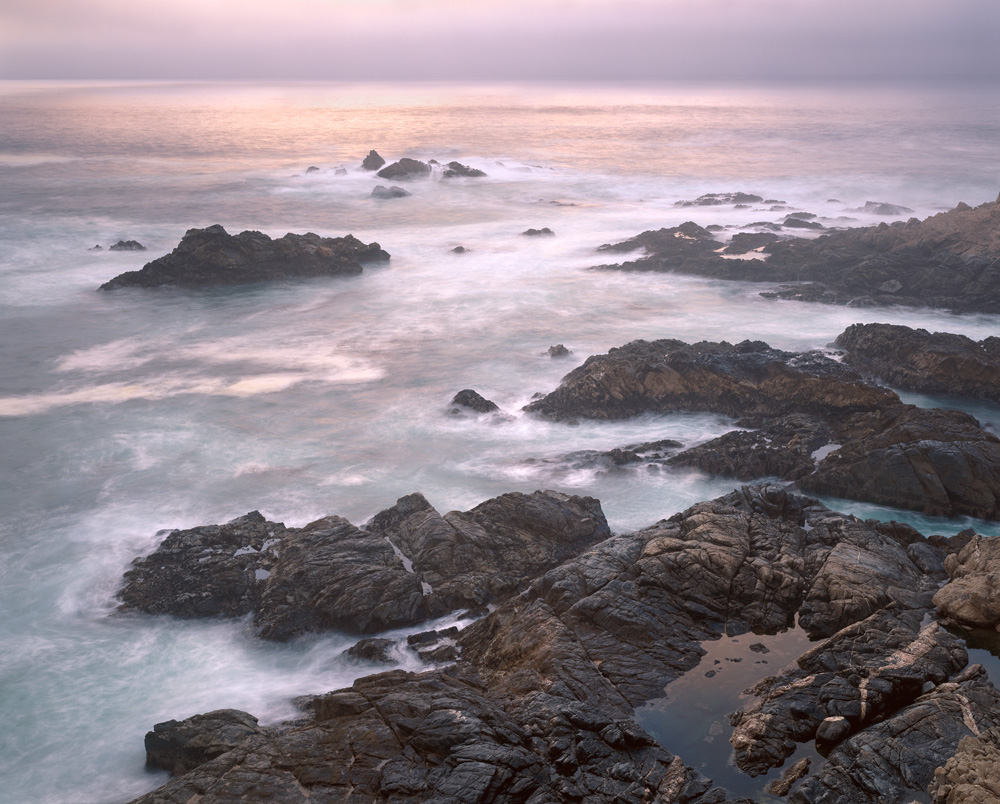
Fine Art Photography is one of those buzzwords that gets thrown around a lot in photography even though if we were really honest, we’d probably say we don’t really know what it means. And too often, it seems like it just gets slapped onto a product for marketing purposes, as some validation of quality.
While I have a really good image in my head of what a fine art photography, or a fine art print is, I admit I’ve been a bit stumped to articulate it when asked for a definition. I think that is because it’s not so much of a simple definition or measurement as it is a culmination of experiences and an understanding of the history of photography.
It starts with understanding that over the last 100-150 years of modern photography, there have been some pretty amazing photographers, who’s vision, and ability to translate that vision through prints, have distinguished their work from the masses.
These photographers have captured the attention of curators, gallerists, and collectors who have an extensive breadth and depth of knowledge of photography, that has come from seeing so much truly amazing work up close and in person.
If an artist’s work has been regularly shown over a period of time by these curators and gallerists in museums and collector galleries (not the photographer’s own gallery), and has developed a following of collectors, it’s quite probable that it is an example of fine art photography.
Another place we can look to are photo history books. John Szarkowski’s “Photography Until Now” or Beaumont Newhall’s “The History of Photography: From 1839 to the Present” will give you both depth and breadth on what fine art photography is. Newhall was the first director of New York’s Museum of Modern Art’s photography department and went on to serve as curator and then director of the International Museum of Photograph at the George Eastman House. Szarkowski served nearly 20 years as Director of Photography at New York’s Museum of Modern Art, as well as authoring many definitive photo history books.
We can also look to the community of friends an artist associates with to find more examples. This was the starting point for my own education, when I became familiar with the work of Ansel Adams, then through his books discovered Edward Weston, John Sexton, Alan Ross, and at least a couple dozen other West Coast photographers, all who made extraordinary work.
Pull on any one of these threads I’ve given you, and you will find an ever widening circle of understanding of what “Fine Art” means.
But there is another vital component: looking at prints. For only a sliver of time have our phones been the most common way to view photography. And our screens are a disappointment compared to a well made print or even book reproduction.
If you want to understand what a fine art photograph is supposed to look like, you have to put in the effort to go out and see as many original prints as you can.
No one becomes an expert on wine from drinking one bottle. If your first experience was with a low quality table wine, you might think wine wasn’t even that great. But if you’ve been able to try different styles and qualities of wine (or Scotch, food, music, beer), you’d likely develop an understanding of what is good and what isn’t, and what you prefer. Why should we think it be any different with prints?
The good news is you can experience the best in photography for the cost of gas and a museum ticket. Fine art galleries exists in many metropolitan cities across the world, with new exhibits on a regular basis. You’re probably within a days drive of an art museum, if not closer. Get out and find what is near you, and avail yourself of the opportunities to see all you can.
It’s only through this pursuit of knowledge and understanding that you can really understand what a “Fine Art Photograph” is, because knowledge, not some arbitrary measurement, gives the label meaning.
And the best news is that it’s fun! I can’t count the number of times I’ve been inspired by an exhibit or a gallery visit, and how it’s fueled my excitement and enjoyment in the continued pursuing of making expressive photographs.
If you take the time to pursue this knowledge, you’ll deepen your understanding of photography and develop your own definition of what fine art photography is. It will make you a better photographer and your photographs will be better for it.

